Welcome to our exploration of the ten best beautiful places in Taito City, a treasure trove of cultural gems in the heart of Tokyo.
From the historic splendor of Senso-ji Temple to the tranquil beauty of Ueno Park, Taito City offers a unique blend of history, art, and nature.
Join us as we discover these must-visit spots, each offering its unique glimpse into the rich tapestry that makes Taito City a must-see destination for travelers and locals alike.
Whether you’re an art enthusiast, a history buff, or simply searching for some of Tokyo’s most picturesque scenes, Taito City has something to enchant everyone.
- Recommended BEST Tours in Taito City
- Recommended Taito City Hotels
- Cheap Flights, Airline Tickets & Plane Tickets (TRIP.COM)
Number 10: Yanaka Cemetery.
Starting our countdown at number 10, Yanaka Cemetery is one of Tokyo’s oldest and most revered resting places. It encapsulates a serene blend of history, culture, and natural beauty.
Located in the tranquil neighborhood of Yanaka, which escaped the widespread destruction of Tokyo during World War II, the cemetery is a reflective haven that spans several acres, providing a peaceful escape from the city’s bustling pace.
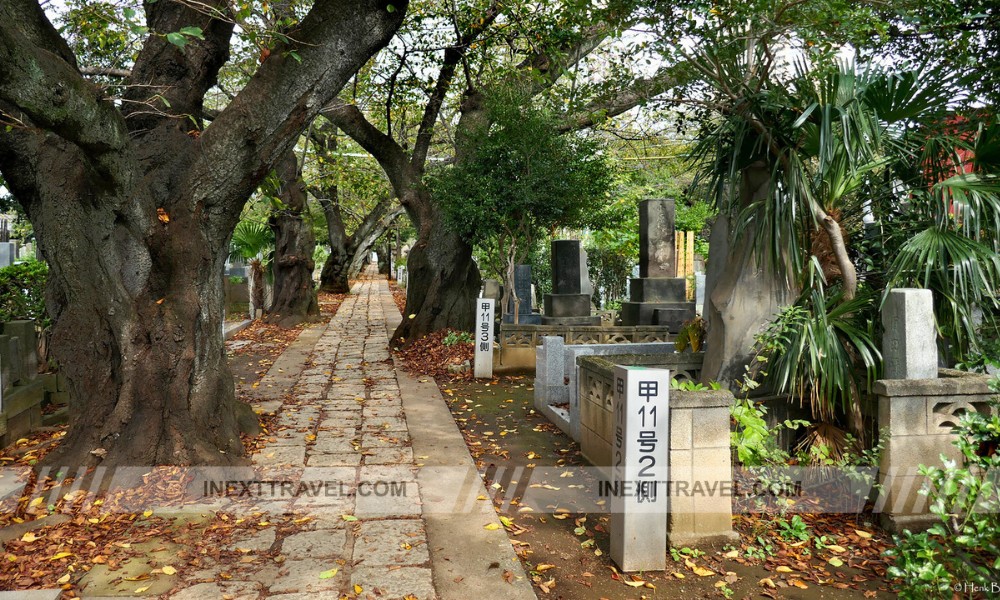
Yanaka Cemetery is particularly famous for its spectacular cherry blossoms in spring. The cemetery’s main avenue, lined with hundreds of cherry trees, becomes a breathtaking tunnel of pink blooms, attracting visitors and locals alike for hanami, the traditional Japanese custom of flower viewing.
This seasonal transformation adds a layer of poignant beauty to the cemetery, enhancing the contemplative atmosphere and offering a unique setting where nature and memorials intermingle.
Beyond its seasonal allure, Yanaka Cemetery is also rich in history. It houses many notable figures from Japan’s past graves, including the last shogun, Tokugawa Yoshinobu, and other historical figures, artists, and scholars.
This makes it a site of natural beauty and a historical archive that tells the stories of Tokyo’s cultural and political history through its memorials and epitaphs.
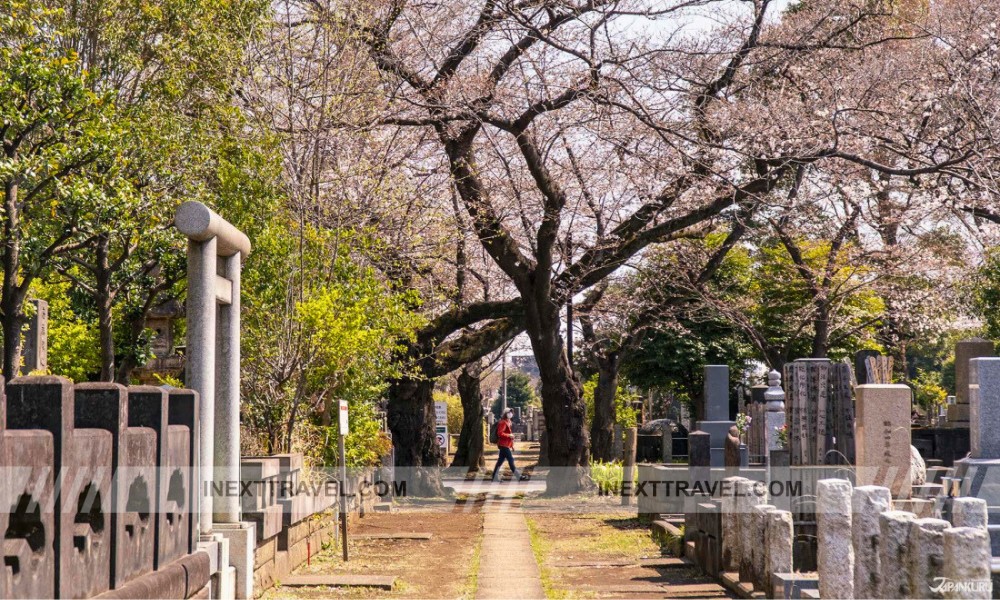
Walking through Yanaka Cemetery, visitors often feel a deep sense of peace and continuity. The carefully maintained paths, ancient gravestones, and quietly imposing monuments invite reflection on the impermanence of life and the enduring customs that honor the past in Japan. The cemetery is not just a site of remembrance but also a cultural landmark that offers insight into the Japanese approaches to life, death, and nature.
In summary, Yanaka Cemetery is where tranquility meets tradition, offering a peaceful yet profound experience that connects visitors to Tokyo’s historical roots and the natural cycle of the seasons. It remains a cherished site for its cultural significance and natural beauty, making it a must-visit destination in the heart of Tokyo.
Number 9: Asakura Museum of Sculpture.
At number 9, the Asakura Museum of Sculpture is a unique cultural gem in the historic district of Yanaka, Tokyo. Originally the home and studio of the renowned Japanese sculptor Fumio Asakura, the museum offers a fascinating insight into the artist’s life and works. Asakura is often hailed as the father of modern Japanese sculpture.
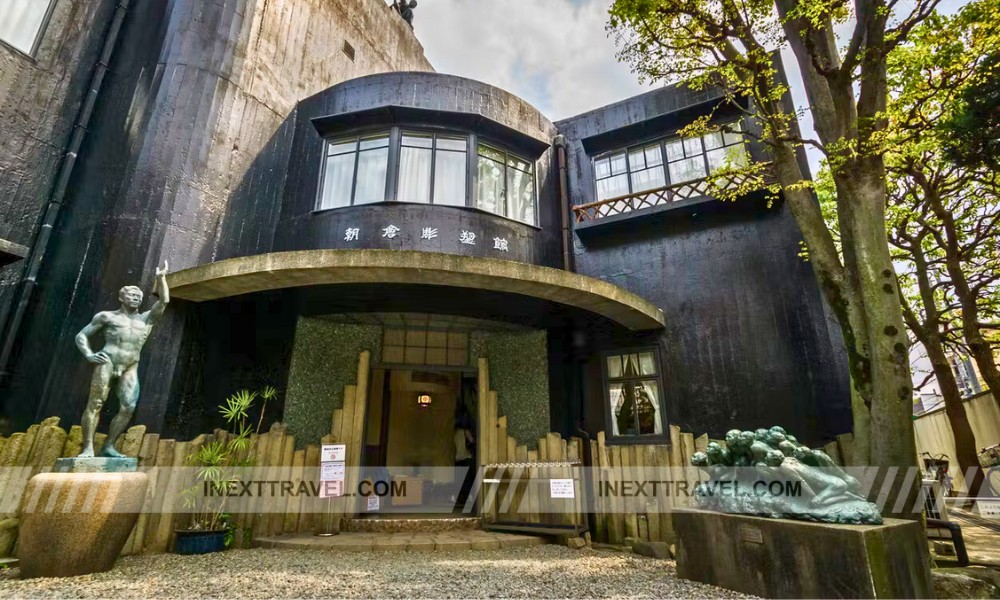
The museum’s setting in a beautifully preserved traditional townhouse adds charm, providing an intimate backdrop that enhances the connection between Asakura’s work and his environment.
Built in the early 20th century, the building is a masterpiece of traditional Japanese architecture, featuring elements like tatami mats, sliding fusuma doors, and a tranquil inner garden.
Asakura’s studio has been maintained as it was during his lifetime, allowing visitors to step back in time and experience the space where he created many of his significant works. The studio showcases his tools and materials and displays various finished sculptures, from delicate busts to expressive full-body figures, demonstrating his mastery of form and emotion.
Beyond the studio, the museum extends into a multi-story gallery where Asakura’s significant works and thematic exhibitions are displayed. The sculptures, each capturing different facets of human life and emotion, are strategically placed throughout the house and garden, creating a dialogue between art and nature. This setup provides a holistic view of Asakura’s artistic journey and evolution, set against the personal spaces where he lived and worked.

The Asakura Museum of Sculpture also features a rooftop garden that offers stunning views of the Yanaka neighborhood, known for its old Tokyo atmosphere and temple-studded landscape.
This garden serves as a serene spot for reflection and reinforces the harmony between Asakura’s sculptures and their environment, emphasizing his belief in the unity of art, nature, and daily life.
In sum, the Asakura Museum of Sculpture is not just a museum but a sanctuary where art and architecture merge to offer a profound cultural and aesthetic experience. It invites visitors to immerse themselves in the world of Fumio Asakura, making it a must-visit destination for art lovers and those seeking to connect with Tokyo’s artistic heritage.
Number 8: SCAI The Bathhouse.
At number 8, SCAI The Bathhouse offers a unique art experience in Tokyo’s Taito City, where contemporary art meets traditional Japanese architecture. This distinctive gallery is housed in a converted sento or public bathhouse over 200 years old.
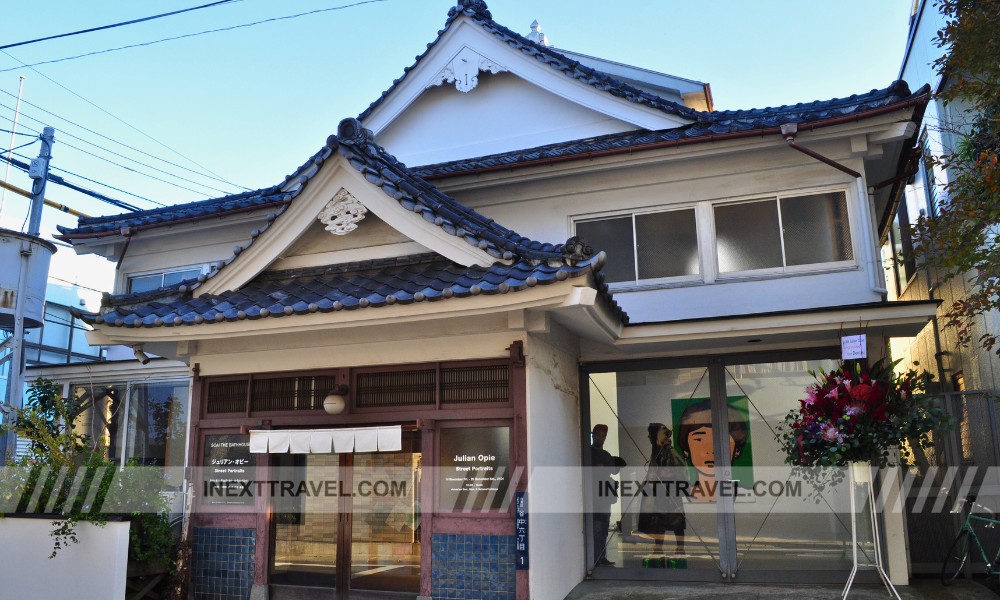
The transformation of this historical space into a modern art gallery creates a fascinating juxtaposition that merges the old with the new, making it a standout destination in the Yanaka neighborhood, known for preserving the charm of old Tokyo.
SCAI The Bathhouse has established itself as one of Tokyo’s most avant-garde art spaces since its opening in 1993. It showcases a diverse range of contemporary art, featuring established and emerging artists from Japan and worldwide.
The gallery’s exhibitions often explore innovative themes and employ cutting-edge techniques, helping to propel Japanese art onto the global stage and fostering dialogue between cultures.
The interior of the bathhouse has been thoughtfully adapted to suit its new role as a gallery while retaining vital architectural elements that hint at its historical function. The high ceilings and the large open spaces that once accommodated the communal baths now provide an expansive setting for displaying large-scale artworks, installations, and sculptures. This unique setting enhances the visual impact of the artworks and adds a layer of historical depth, enriching visitors’ experience.
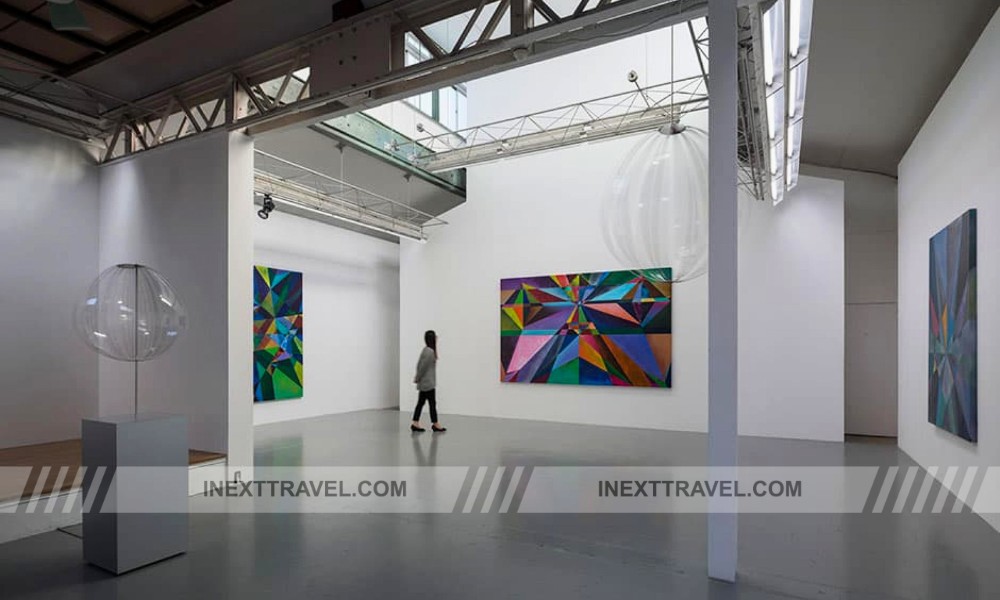
Visitors to SCAI The Bathhouse can enjoy the serene atmosphere of a traditional Japanese structure while engaging with dynamic and challenging contemporary art. The gallery’s location in Yanaka also allows visitors to explore the quaint streets, temples, and cafes of one of Tokyo’s most historically rich areas, making a trip to SCAI a culturally immersive experience.
SCAI The Bathhouse stands out as a venue for art and a creative space that bridges centuries and cultures. Its unique blend of Japan’s artistic heritage with contemporary visions offers a refreshing perspective on the art world and makes it a must-visit for art enthusiasts exploring Tokyo.
Number 7: Ueno Zoo.
At number 7, Ueno Zoo, established in 1882, holds the title of Japan’s oldest zoo and serves as a cherished urban oasis nestled in the vibrant Ueno Park in Tokyo. This historic zoo provides a delightful escape to nature amid the bustling cityscape and continues to captivate visitors with its diverse animal species and specialized habitats.
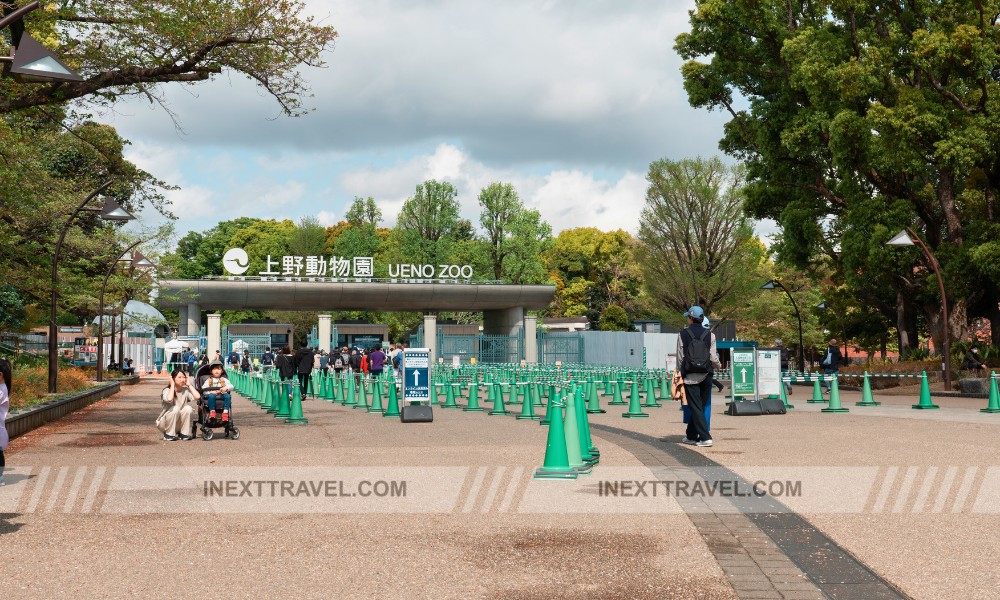
As Japan’s first zoological garden, Ueno Zoo has played a pivotal role in animal conservation and education over the decades. It is home to over 3,000 animals worldwide, representing over 400 species.
The zoo is laid out in two main sections connected by a monorail: the western area houses a variety of animals in traditional zoo enclosures, while the eastern part is more like a spacious safari park.
One of the zoo’s most famous attractions is the panda exhibit. The giant pandas have been a crowd favorite since they were first introduced in the 1970s. They symbolize friendship between Japan and China, and visitors flock to see these charismatic creatures. Their playful antics are a highlight for families and wildlife enthusiasts alike.
Beyond pandas, Ueno Zoo is renowned for its commitment to conservation and animal welfare. It features several specialized environments designed to mimic natural habitats as closely as possible, such as the Gorilla Woods and Tiger Forest, enhancing both the living conditions for the animals and the viewing experience for visitors. The zoo also participates in global breeding programs for endangered species, contributing to international conservation efforts.
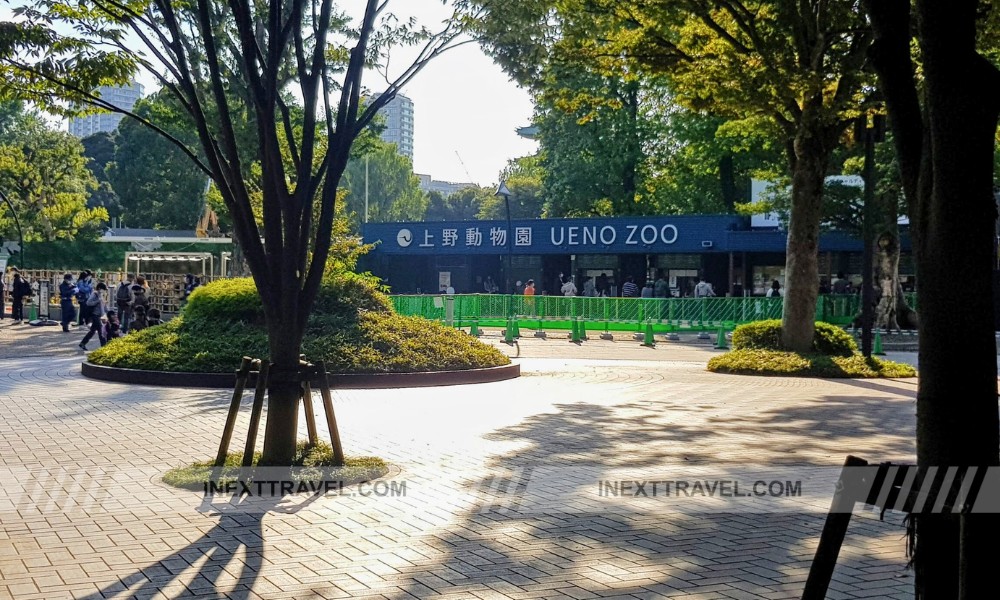
Additionally, Ueno Zoo offers educational programs to raise awareness about wildlife conservation and the environmental challenges animals face worldwide. These programs, coupled with the zoo’s picturesque setting and its historical significance, make the Ueno Zoo not only a place for entertainment but also a venue for learning and inspiration.
In summary, the Ueno Zoo is a beloved landmark in Tokyo, offering a unique blend of education, conservation, and recreation. It provides a serene yet engaging getaway where visitors can appreciate the animal kingdom’s diversity and learn about the importance of protecting natural habitats, making it a must-visit destination for anyone exploring the city.
Number 6: Tokyo National Museum.
At number 6, the Tokyo National Museum, established in 1872, holds a prestigious position as Japan’s oldest and largest museum. Located within the scenic bounds of Ueno Park, this museum is not just a cultural institution but a landmark of historical and artistic significance. It serves as a treasure trove for culture enthusiasts and historians alike, showcasing an unparalleled collection of Japanese art and artifacts that span millennia.
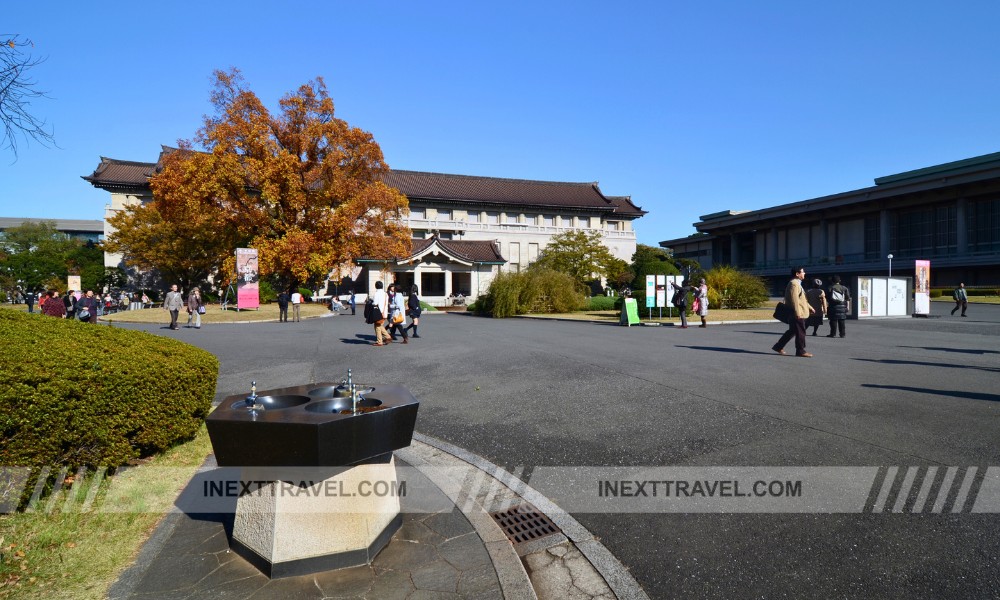
The museum’s extensive galleries house diverse exhibits, including classical paintings, ancient pottery, samurai armor and weapons, delicate kimonos, ornate lacquerware, and intricate metalwork.
This vast collection offers a comprehensive overview of Japanese art history from the Jomon period to the Edo period and beyond, providing insights into Japan’s rich cultural fabric. Notably, the museum also features critical cultural properties and national treasures, with many pieces recognized globally for their artistic and historical value.
In addition to its focus on Japanese art, the Tokyo National Museum includes extensive collections of Asian art from across the continent, including Chinese, Korean, and Southeast Asian art. This makes the museum a center for Japanese cultural studies and a hub for broader Asian art appreciation, offering a comparative perspective that enriches visitors’ understanding of regional artistic achievements.
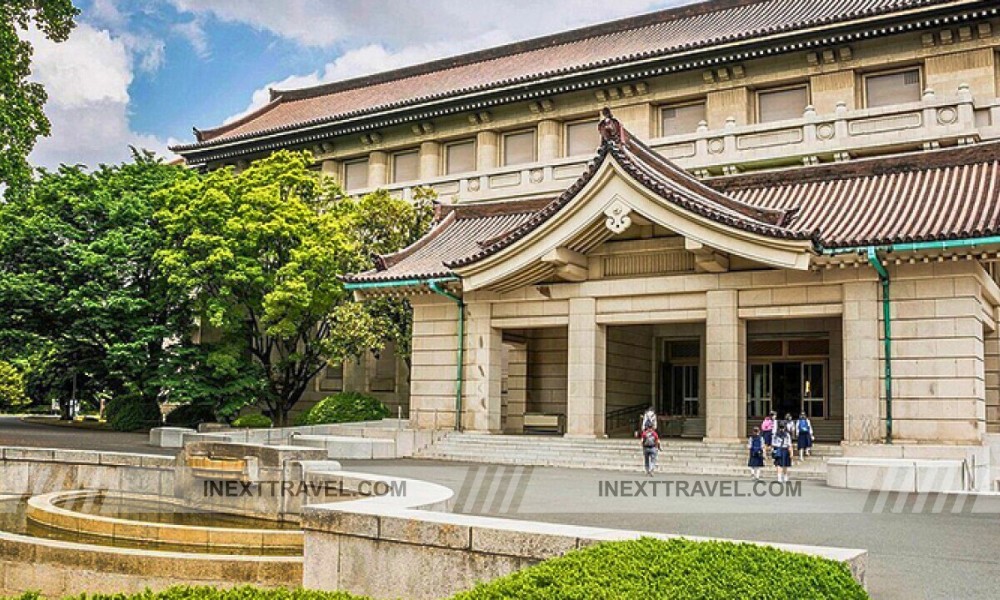
The museum’s layout facilitates a deep understanding and appreciation of the arts and cultures on display. Its architectural design and the serene surroundings of Ueno Park complement the artistic and historical journey offered by its collections.
Educational programs and special exhibitions are regularly held, drawing visitors back to explore new insights and scholarly interpretations of traditional and contemporary artworks.
Visiting the Tokyo National Museum provides a profound cultural experience, allowing one to delve into Japan’s aesthetic and historical depths and neighboring cultures. It is a cornerstone of artistic education in Tokyo, making it an essential visit for anyone looking to embrace the full spectrum of Japanese and Asian art and history.
Number 5: Ueno Toshogu Shrine.
At number 5, Ueno Toshogu Shrine is a stunning and opulent tribute to Tokugawa Ieyasu, the founder of the Tokugawa shogunate, which ruled Japan for over 250 years. Located in the lush and historic Ueno Park, this shrine is not only a piece of religious significance but also a marvel of Edo period architecture, richly adorned with gold leaf and intricate carvings.
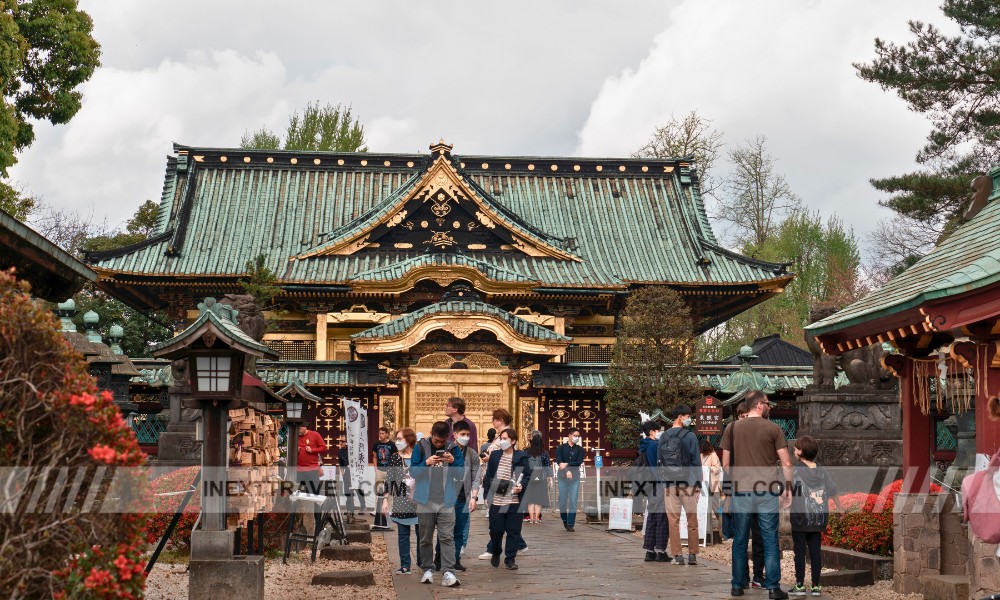
The shrine’s lavish decoration reflects the wealth and power of the Tokugawa shogunate. The main hall and the gate are embellished with extensive gold leaf and colorful detailing that exemplify the craftsmanship and artistic intricacy of the era. Dragons and other mythological creatures are carved into the woodwork, symbolizing strength and protection, and their vibrant colors are preserved through meticulous care.
Surrounding the shrine are the peony gardens, which add a layer of natural elegance to the location. The gardens are home to hundreds of varieties of peonies, which bloom in a riot of color each spring.
The sight of these lush flowers, considered symbols of good fortune and prosperity, set against the backdrop of the golden shrine creates a visual spectacle that draws visitors and photography enthusiasts from around the world.
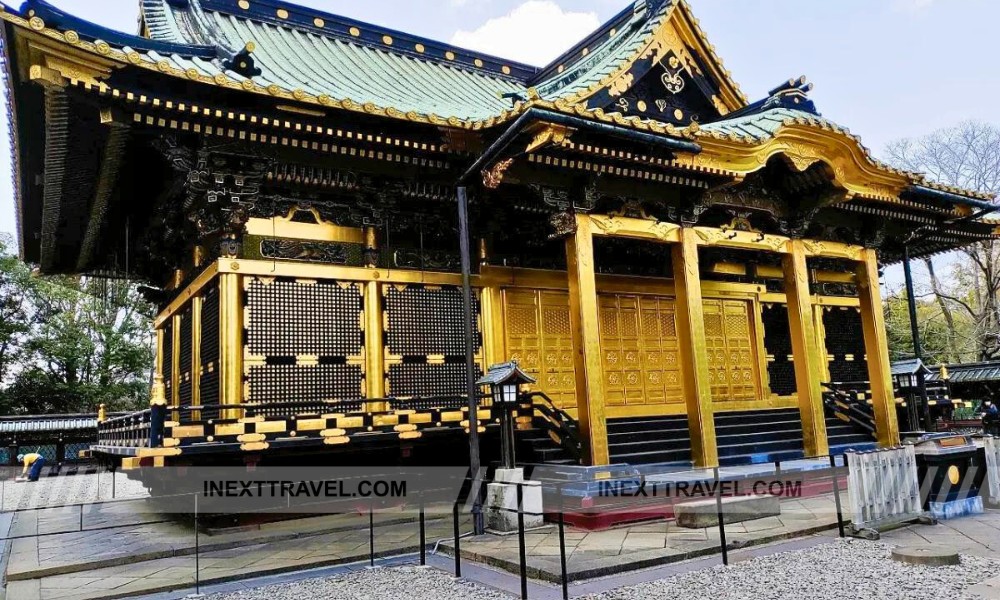
In addition to its beauty, Ueno Toshogu Shrine is a center of cultural and spiritual activity. It hosts several festivals and events throughout the year, including the Peony Festival in spring and the Chrysanthemum Festival in autumn, celebrating the changing seasons with a display of culturally significant flowers in Japan.
Visiting Ueno Toshogu Shrine offers a deep dive into the rich tapestry of Japanese history and religion. It provides a glimpse into the legacy of the Tokugawa era, showcased through its sumptuous architecture and the tranquil beauty of its gardens. This shrine not only stands as a testament to the splendor of past shogunates but also continues to be a place of worship and cultural pride within Tokyo.
Number 4: Ameyoko Shopping Street.
At number 4, Ameyoko Shopping Street pulses with Tokyo’s vibrant energy, offering a lively and bustling marketplace atmosphere that is a feast for the senses. Located under the train tracks between Ueno and Okachimachi stations, Ameyoko began as a black market post-World War II. It has since transformed into one of Tokyo’s most popular shopping destinations, attracting locals and tourists with its dynamic vibe and diverse offerings.
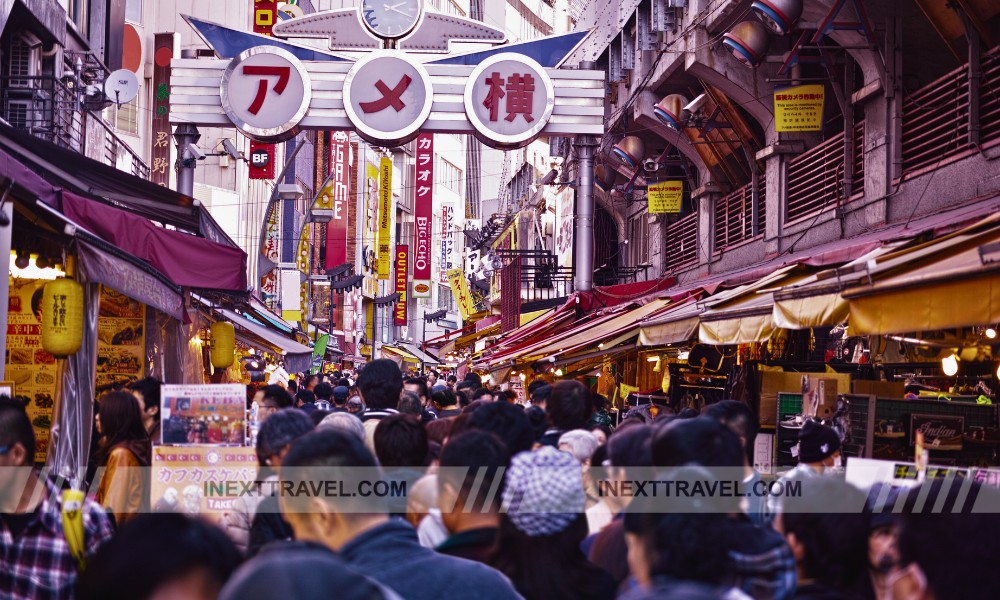
Ameyoko is renowned for its wide range of products at highly competitive prices. The street is a treasure trove of goods, from fresh seafood and exotic spices to high-quality cosmetics, clothing, and sports goods.
Shoppers can also find an array of Japanese snacks and sweets alongside traditional and cultural souvenirs that make perfect gifts. The hustle and bustle of the market, the shouts of vendors, and the smell of street food create a lively atmosphere that encapsulates the vibrant spirit of Tokyo’s urban culture.
Foodies particularly enjoy Ameyoko for its fresh produce and street food stalls. The market is famous for its seafood vendors, who offer everything from live fish to dried seafood snacks.
Additionally, numerous eateries and food stalls line the street, serving popular Japanese dishes such as sushi, takoyaki (octopus balls), and yakitori (grilled chicken). Visitors can indulge in authentic Japanese flavors as they shop.
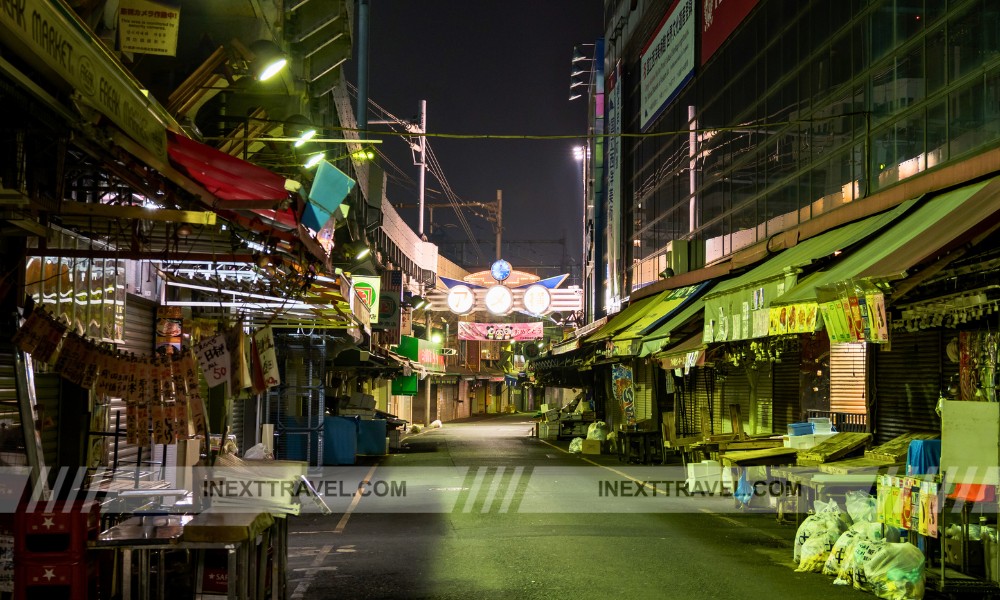
Ameyoko is not just a place to shop; it’s a cultural experience that offers a glimpse into the everyday lives of the Tokyo locals. During the end-of-year season, the street becomes exceptionally crowded with shoppers looking for bargains and traditional New Year’s foods, highlighting its role as a central shopping hub in Tokyo.
Visiting Ameyoko Shopping Street provides a unique opportunity to dive into Tokyo’s energetic marketplace culture. Here, traditional meets contemporary, and the vibrant community spirit is palpable. It’s a must-visit for anyone looking to experience the lively urban pulse and diverse shopping scene that Tokyo is famous for.
Number 3: Ueno Royal Museum.
Our number 3, Ueno Royal Museum, stands out as a distinguished cultural beacon in Taito City, in the heart of Ueno Park. Known for its dynamic approach to art curation, this museum offers an ever-changing array of exhibitions that brilliantly bridge the gap between traditional and contemporary Japanese art. It provides visitors with a fresh and evolving insight into the rich tapestry of Japan’s artistic achievements.
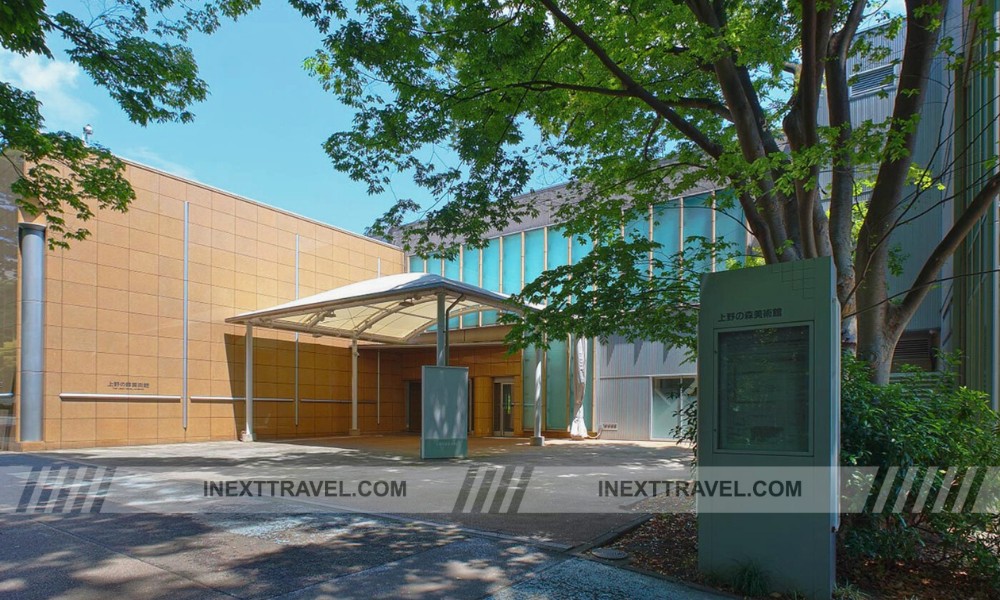
Established in 1972, the Ueno Royal Museum promotes art and culture in all its forms. It does not maintain a permanent collection, which allows it to host a wide variety of exhibitions, from historical retrospectives to showcases of cutting-edge contemporary art.
This flexibility enables the museum to offer new experiences on each visit, appealing to a broad audience that may include serious art fans and casual visitors interested in understanding the breadth of Japanese artistic expression.
The museum’s exhibitions often feature works by emerging and established artists, encompassing various media, including painting, sculpture, fashion, and photography. This inclusivity highlights the museum’s role in nurturing artistic talent and fostering a deeper appreciation of art within the community.
The Ueno Royal Museum also actively engages in cultural exchange by hosting international art exhibitions. These exhibitions provide a platform for global artists to share their work with a Japanese audience. This cross-cultural dialogue enriches the museum’s offerings and contributes to a greater understanding and appreciation of global artistic landscapes.
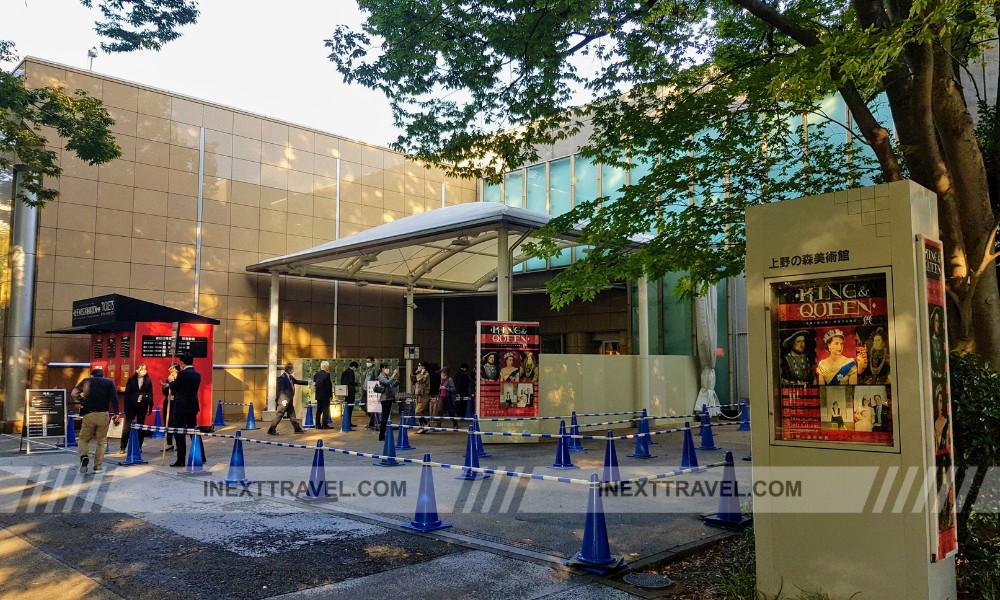
The museum’s architecture, with its elegant and modern design, complements the artistic experience. Spacious galleries provide a tranquil environment where art can be contemplated in peace, making it a perfect place for those seeking to immerse themselves in art.
In summary, the Ueno Royal Museum serves as a cultural highlight in Tokyo, constantly adapting its exhibitions to reflect the dynamic and ever-changing world of art. Its commitment to showcasing a wide array of artworks makes it a pivotal institution in Japan’s cultural scene and a must-visit destination for anyone looking to delve deep into the past and present of Japanese and international artistry.
Number 2: Nezu Shrine.
Coming in at number 2, Nezu Shrine is one of Tokyo’s oldest and most cherished Shinto shrines, offering a deep dive into Japan’s spiritual and natural beauty. Situated in the quiet Nezu area of Tokyo, this historical shrine, said to have been established over 1,900 years ago and moved to its current location in the early 18th century by Tokugawa Tsunayoshi, the fifth Tokugawa shogun, provides a serene retreat from the city’s hustle and bustle.
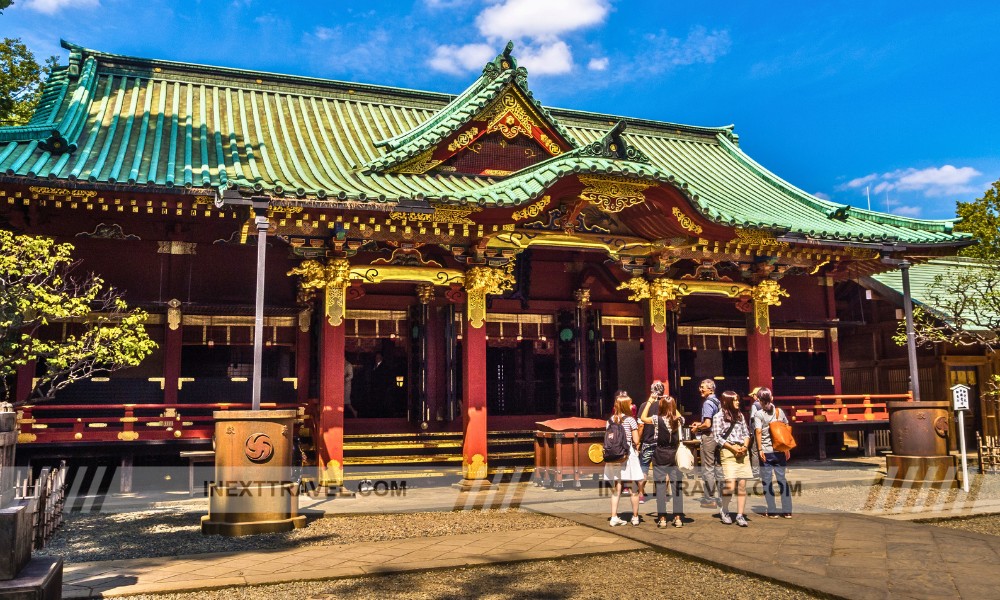
Nezu Shrine is renowned for its spectacular Bunkyo Azalea Festival, which occurs every spring and features a dazzling display of over 3,000 azalea bushes of various kinds.
The brightly colored blooms range from deep fuchsias to vibrant whites and pinks, creating a breathtaking tapestry of color that transforms the shrine grounds into a vivid floral paradise. This festival highlights the natural beauty of the azaleas and includes a fair with food stalls and events, making it a popular destination for tourists and locals.
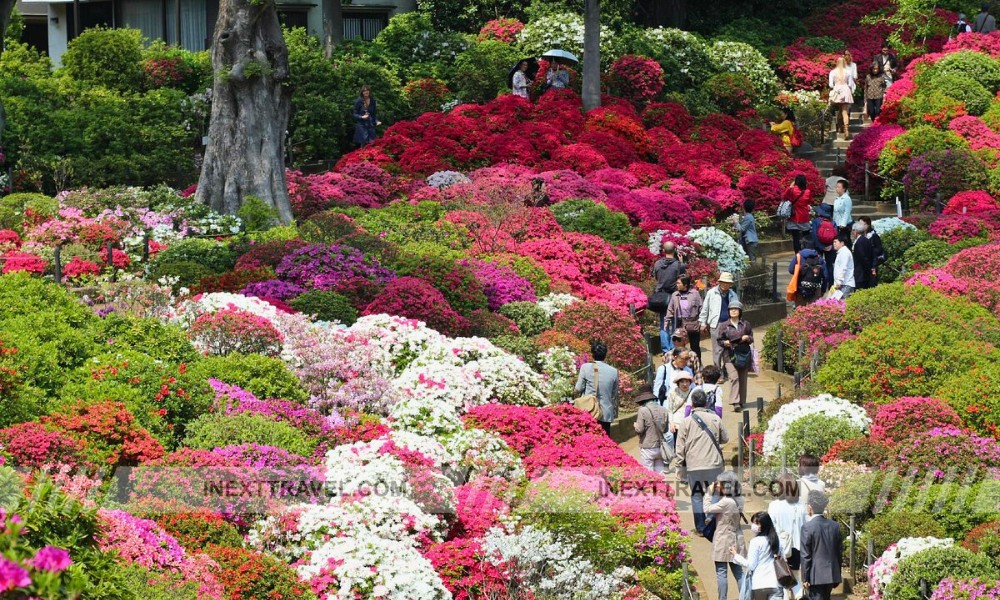
In addition to the azalea gardens, Nezu Shrine is famous for its row of vermilion torii gates, which resemble Kyoto’s Fushimi Inari Shrine. Visitors can walk through these gates, which trail up a small hill. This peaceful and picturesque path is less crowded than its Kyoto counterpart, allowing for a more intimate experience.
The architecture of Nezu Shrine is also notable for its intricate and traditional design, featuring beautifully crafted structures designated as Important Cultural Properties of Japan.
The main hall and the worship hall reflect the gongen-zukuri style, characterized by a curved and gabled roof, providing a glimpse into the architectural aesthetics of Edo-period shrine construction.
Visiting Nezu Shrine offers more than just the beauty of its natural surroundings; it is steeped in history, spirituality, and art. The tranquil atmosphere and rich cultural backdrop make it a must-visit for those seeking to experience the depth of Tokyo’s historical heritage and seasonal natural splendor.
Number 1: Senso-ji Temple.
At number 1, Senso-ji Temple claims the title of Tokyo’s oldest and most significant temple. Established in the 7th century, this ancient Buddhist temple draws millions of visitors each year, making it one of the most visited spiritual sites in the world.
Senso-ji is a pivotal symbol of resilience and rebirth in the historic Asakusa district. It was rebuilt after being destroyed during World War II and stands as a beacon of hope and perseverance.
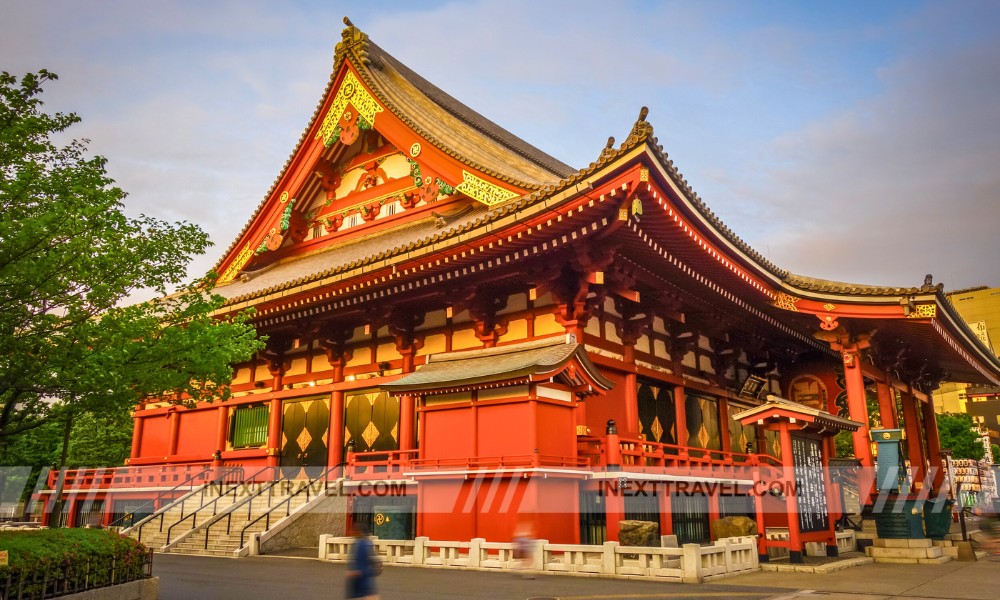
The temple is renowned for its breathtaking architecture, beginning with the iconic Kaminarimon, or “Thunder Gate,” which features a massive red lantern and protective deity statues guarding the entrance.
This gate is a popular photo spot and serves as the grand entry to a vibrant shopping street, Nakamise-dori. Lined with stalls selling traditional snacks, crafts, and souvenirs, it leads up to the temple’s second gate, the Hozomon.
Beyond the gates, the main hall, or Hondo, impresses with its intricate carvings, large golden lanterns, and majestic phoenix motifs. The architecture embodies classical Japanese style and powerfully represents traditional craftsmanship and religious art.
Senso-ji is also famous for its vibrant festivals, notably the Sanja Matsuri, which are held annually in the spring. This festival is one of Tokyo’s largest and most lively, featuring portable mikoshi (shrines) that are paraded through the streets, traditional music, dancing, and many participants dressed in festive attire. These celebrations are deeply rooted in the local community and attract visitors from across Japan and around the globe.
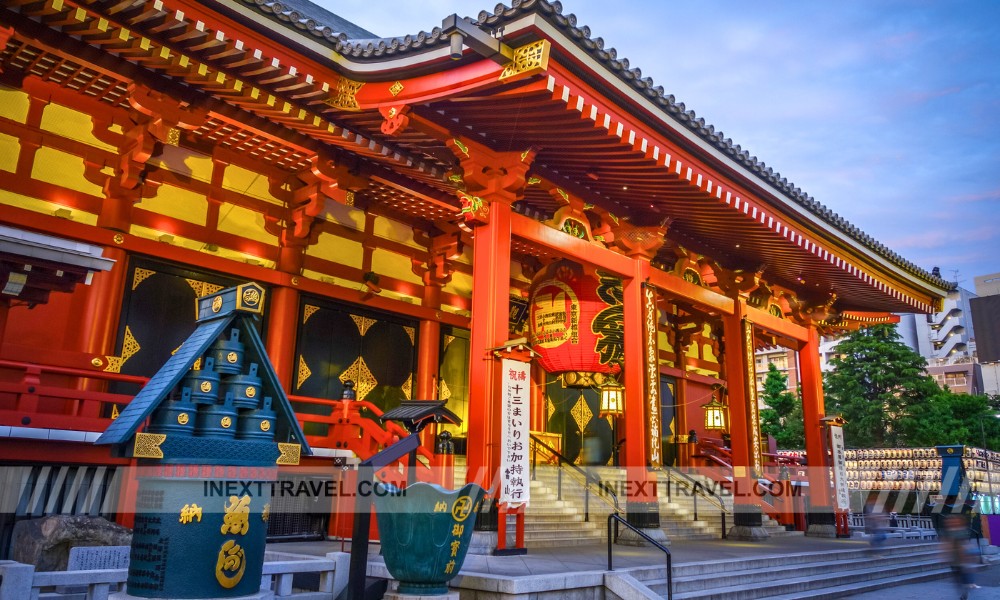
The temple grounds include a five-story pagoda, Asakusa Shrine, and beautifully landscaped gardens that offer a peaceful escape from the bustling city. Throughout the year, the temple hosts various seasonal events and displays, further enhancing its appeal and providing ongoing reasons for people to revisit.
Visiting Senso-ji Temple offers a profound glimpse into Tokyo’s spiritual heart and cultural fabric. It is a place of worship and a historical monument that celebrates the Japanese people’s enduring spirit and traditions. Senso-ji is an indispensable destination for anyone seeking to experience the essence of Tokyo’s rich history and vibrant contemporary life.
Conclusion
As we wrap up our journey through the ten best beautiful places in Taito City, it’s clear that this unique district of Tokyo offers a captivating mix of traditional charm and modern allure.
Each location we’ve explored—from the vibrant lanes of Ameyoko Shopping Street to the serene paths of Ueno Park—showcases Taito City’s diverse character, making it a quintessential part of any Tokyo itinerary.
Whether you are drawn to Senso-ji Temple’s profound historical significance, the artistic exhibitions at the Tokyo National Museum, or the peaceful retreat of Nezu Shrine’s azalea gardens, Taito City provides a rich palette of experiences.
These destinations not only highlight the area’s cultural richness but also invite visitors to create lasting memories amidst the beauty and history of one of Tokyo’s most fascinating wards.
We hope this guide inspires you to explore the depth and beauty of Taito City, where every corner offers new insights into Tokyo’s vibrant life and soul.
Thank you for joining us on this delightful tour, and may your future travels bring you back to these enchanting streets and tranquil spaces of Taito City.